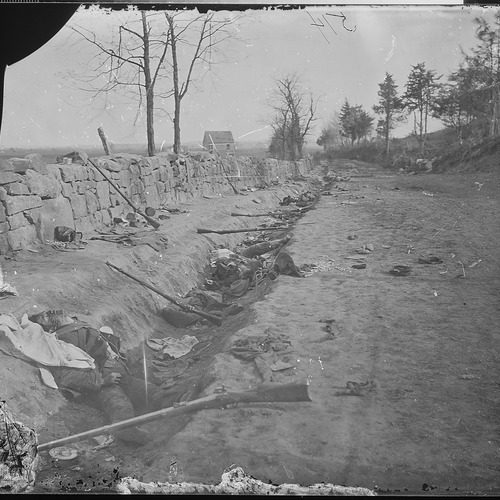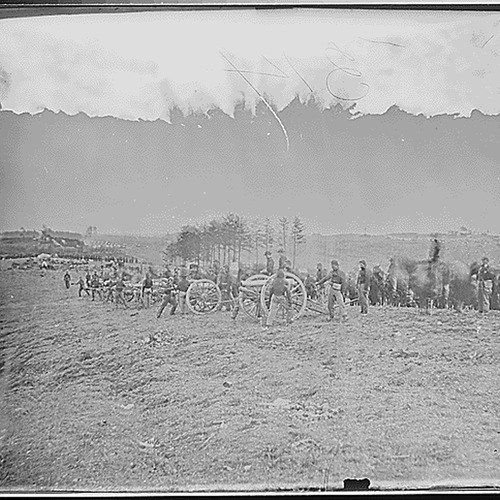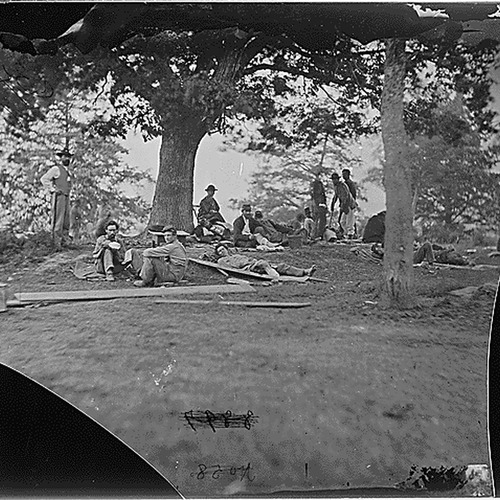Public Perception and Propaganda
Photographs from the Civil War greatly swayed U.S.'s public opinions, serving as a form of propaganda. Both Union and Confederate governments used photographs in an effort to turn the general public's opinion towards their respective side(s). This implementation of biased photography resulted in the recruitment soldiers and support for their causes based off of biases perpetuated by misleading visual media. Images were specifically selected/curated in an attempt to convey specific narratives and ideologies that backed up either the Confederate or Union's cause(s). The Union movement, under pioneering photographers such as Mathew Brady, employed photographers to document their specific war effort, visually portraying the Union cause in a positive light. For instance, some images were carefully chosen or staged to emphasize the righteousness of the Union's cause, and/or to downplay the challenges faced by Union forces themselves. The Confederacy, however, faced greater limitations--as they possessed fewer economic and social resources for propaganda efforts overall. However, the Confederacy still used photographs to convey a biased perspective, regardless of their lacking technological infastructure compared to the Union. Moreover, both the Union and Confederacy encountered technological problems, making extensive photo manipulation difficult. Photographers themselves often had to deal with the issue of long exposure times concerning the completion of a photograph, making "action" shots and in-the-moment shots tricky to capture.



